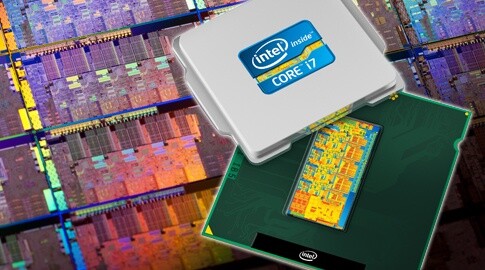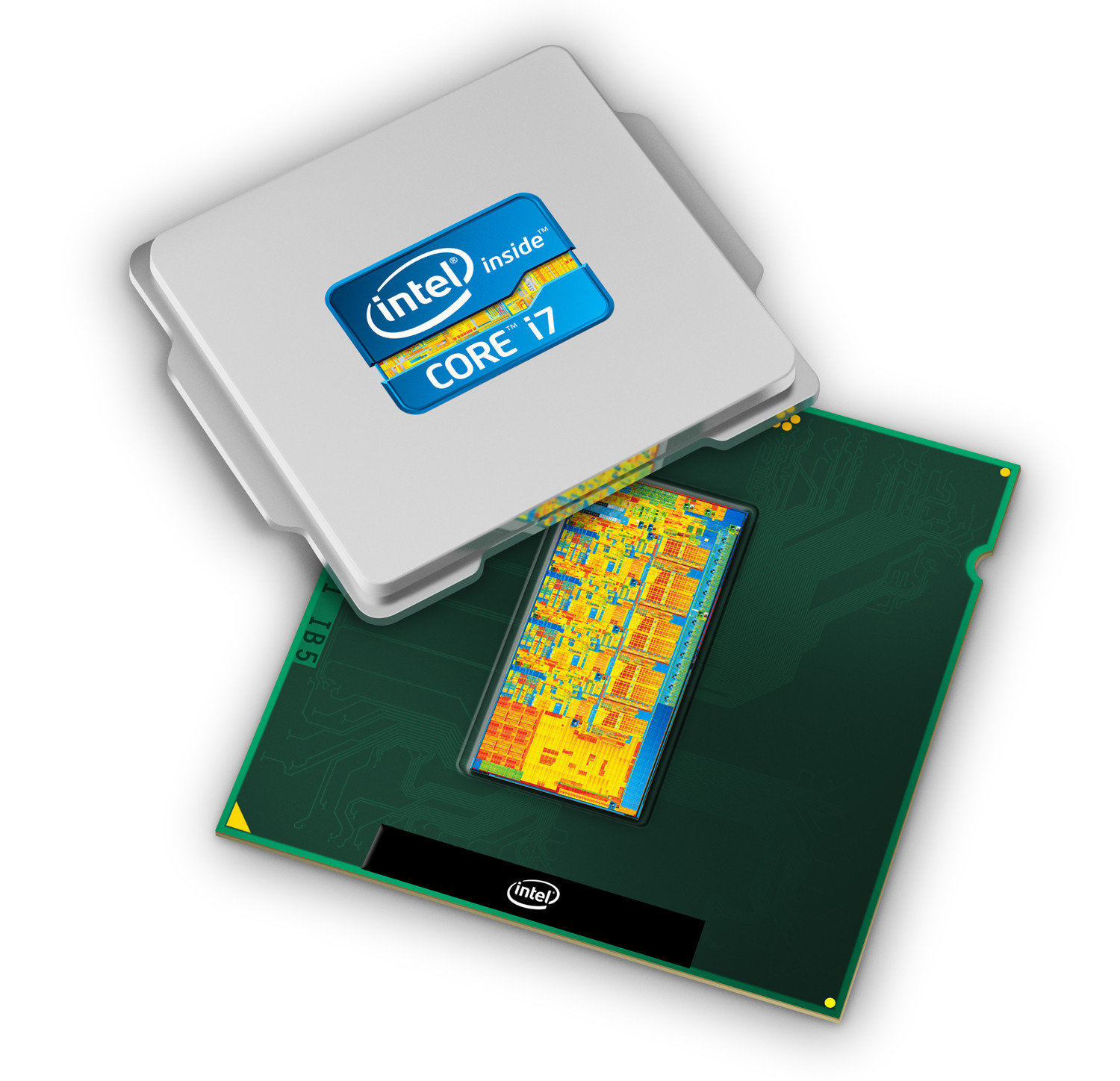

- INTEL TICK TOCK SANDY BRIDGE MOVIE
- INTEL TICK TOCK SANDY BRIDGE MP4
- INTEL TICK TOCK SANDY BRIDGE UPGRADE
- INTEL TICK TOCK SANDY BRIDGE PC
- INTEL TICK TOCK SANDY BRIDGE SERIES
INTEL TICK TOCK SANDY BRIDGE PC
If you have anything older than a Sandy Bridge/Ivy Bridge, which means a PC a year or two in age, you won't gain much by upgrading. You can argue that I only did a few tests, but Tom's Hardware Guide did their usual batch of OCD testing and came to the same conclusion. It seems abundantly clear that there is not a whole lot of CPU performance gain to be had in going from the previous architecture to the new one, but if you have anything older - Westmere, which was the Nehalem shrink, on down - you will see appreciable gains. Here again we see the real jump is from the Nehalem generation, while the Sandy Bridge to Haswell jump is not as pronounced. The final test is PCMark 7, from Futuremark.

INTEL TICK TOCK SANDY BRIDGE MOVIE
Ok, shaved five minutes off a 138-minute movie conversion. And it absolutely would not load on the Nehalem system despite two hours of fighting with codecs. MC8 will not let you use more than 20% of the total CPU for the conversion, which is odd. Talk about a disappointment.Īnyway, MediaConverter 8 was to convert the film to QuickTime format, no GPU acceleration.
INTEL TICK TOCK SANDY BRIDGE SERIES
By the way, all you "Superman" fanboys crying about Zack Snyder's movie not following the series canon? Your cries fall on deaf ears. Test #3: MediaConverter 8, converting a XviD-encoded rip of the live action adaptation of "Space Battleship Yamato," running 2 hours, 18 minutes. The Sandy Bridge to Haswell leap is not great, but from Nehalem to Haswell you get a near doubling of frames per second processed by HandBrake.
INTEL TICK TOCK SANDY BRIDGE MP4
The file was converted to MP4 format, without using any GPU acceleration. It would convert "Jason Becker: Not Dead Yet," a 1 hour, 26-minute file currently in XviD compression. I used HandBrake, a popular media conversion tool. The Core i7-860 was left out because it's an 8GB machine booting a regular hard drive, so that comparison would be by no means fair. However, it could not, or would not, run certain tests. To add a little diversity, I dug out an old Core i7-860, a Nehalem-generation chip from 2009. So the only thing new is CPU and motherboard. The boot disk is an OCZ Vertex 4 512GB drive, memory is 16GB of DDR3 1600MHz memory and the GPU is an Nvidia GTX6700.Īfter benchmarking the SB system, the storage, memory and GPU went into the new Haswell machine. Both can be overclocked, but I chose not to. I benchmarked my existing SB system against the Haswell. It came down to benchmarks, and when you need benchmarks to determine a difference, well, you didn't gain much. Starting up a new PC up always gave you that hair blowback experience where you say "wow, that sucker is fast." That didn't happen. I mean, usually you see some kind of change.

When all was said and done, I noticed something: the computer was no different than before. A reinstall consumed a day of my time as one thing after another came up (I need Photoshop, where's the CD? Oh yeah, in a storage unit 12 miles away). I had hoped that I could get away with using my existing OS install, but no dice. The memory (16GB, 1600Mhz DDR3), storage and GPU (Nvidia GTX670) would all be transferred over. I needed a new motherboard (obviously), case, and power supply. My existing case would house the current PC, a Sandy Bridge chip with the model number Core i7-2600k, a 3.4Ghz quad-core processor. So, thanks to a courtesy chip from Intel (a Core i7-4770K, a 3.8Ghz quad-core processor), I went shopping. This summer came "Haswell," the tock that featured a new architecture. There is no performance gain to be had on a "tick" because it's just a drop in the size of the transistors they use, such as from 45nm to 32nm.
INTEL TICK TOCK SANDY BRIDGE UPGRADE
It's been my personal policy to upgrade my computer on Intel's "tocks" - when it comes out with a whole new architecture. Trying to do a new architecture and manufacturing process shrink was too much risk to be done in one fell swoop. Several years ago, Intel introduced the tick/tock model, where the "tick" would be a shrink of the existing architecture and "tock" would be a whole new architecture using the manufacturing process from "tick." This was done to spread out the risk.


 0 kommentar(er)
0 kommentar(er)
